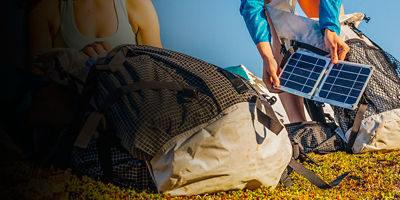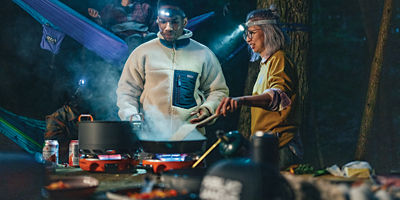
The Everglades are an other-worldly paradise: mazes of mangrove tunnels, rivers, bays, and marshes that span 1.5 million acres across southern Florida. The majority of Everglades National Park is only accessible by water, so to explore properly you’ll want to do it by boat. As you paddle, do your best to spot one of the locals: manatees, alligators, crocodiles, plus a seemingly endless array of bird species. There are many worthy backcountry paddling routes through the Everglades, but there’s one thing you should absolutely do: Camp on a chickee hut. Imagine waking up on a wooden platform with open-air walls in the middle of tranquil water with wide-open blue skies above and lush greenery on the horizon. It’s basically your own private island that only costs $33 for a three-night stay.
Location
There are a few departure points, but head for the Flamingo Visitor Center to start at the southern end of the park; it’s about an hour and 45 minutes from Miami.
Best Campsites
The best part about the chickee huts is that they all offer great views. Bigger party? Some chickee huts (like the Pearl Bay Chickee) are doubles and can hold up to 12 people (singles can sleep six) on two platforms connected by a bridge that usually holds a portable toilet. The Shark Point Chickee (a double) in the expansive Florida Bay offers exceptional views and is exposed on all sides (not tucked away in a secluded bay) so campers can expect nothing but horizon and epic sunrises and sunsets. Shark Point is about 8 miles in a more or less direct line from Flamingo, so most folks can get there in a day to spend the night.
When To Go
In the Everglades there’s two seasons: dry and wet. Dry season is from November to March and wet season is from April to November. As you might guess, the dry season is the busy season. Wet season tends to be pretty buggy, and the summer months are pretty intolerable with heat, thick mosquitoes, thunderstorms, and it’s also hurricane season. The sweet spot is during the winter, from December to April.
All chickee hut campers need to pick up a wilderness camping permit the day before their trip from the Flamingo Visitor Center ($21 for the permit and then $2 per person/per night). You can make reservations three months ahead of time on Recreation.gov to secure your dates, but permits are also available to walk-in campers on a first-come, first-served basis.























